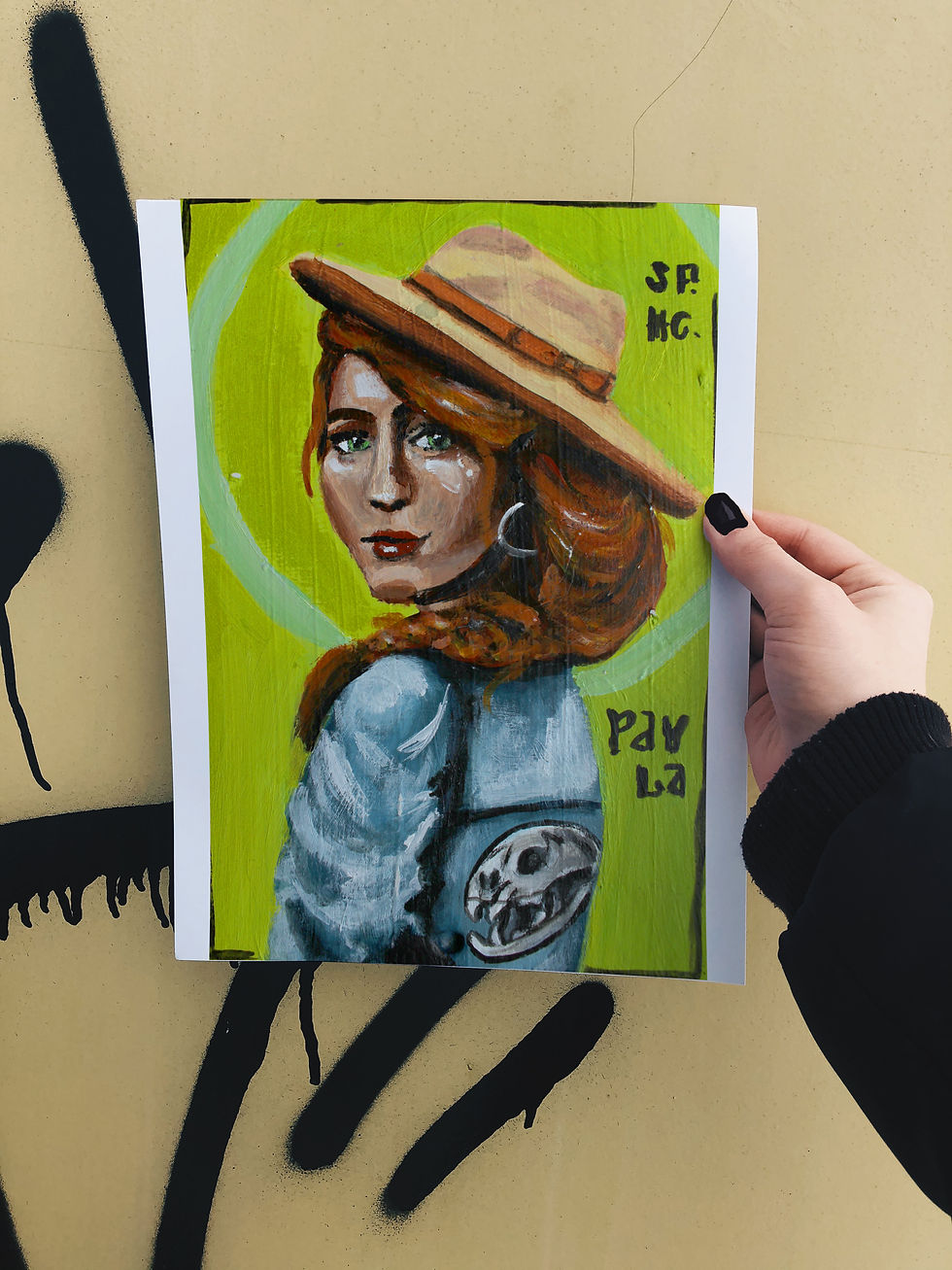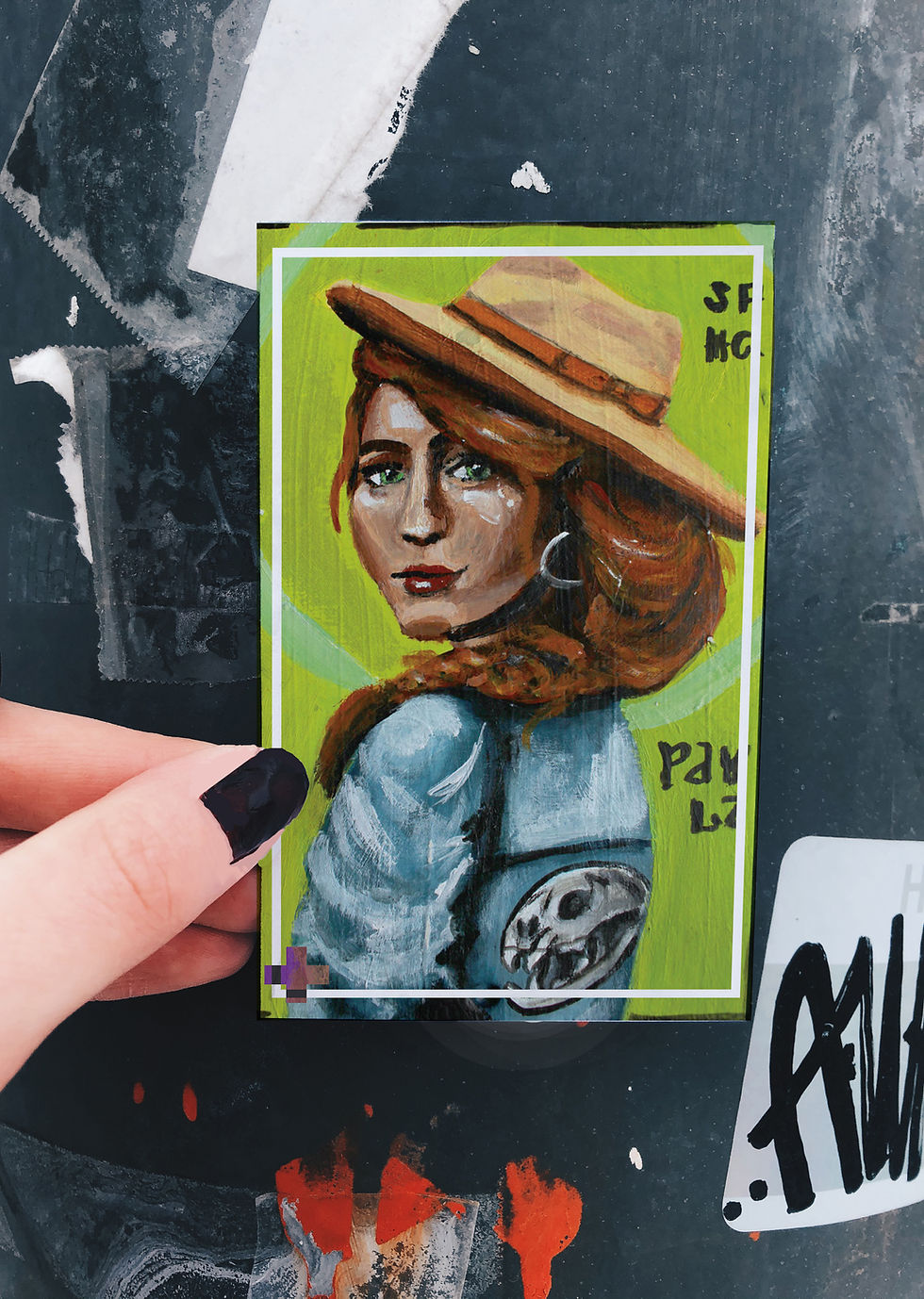
Born: 347
Died: Jan. 26th, 404
FEast: Jan. 26th
Patron of:
widows, mothers, the desert

St. Paula
Bio
Paula was born into an extremely wealthy and well-respected Roman family, and was married to a nobleman who was also wealthy. She was said to have had the most lavish, fashionable clothing, and that she was carried around town on chariots. The couple was said to have had a great relationship, and they had four daughters and one son.
Paula, at the age of 32, however, became a widow. She vowed to never remarry, and thereby gained an extremely large inheritance. She also lost one of her daughters around this time, leaving her heartbroken. She had been interested in her faith up until this point, but it had now become much more important to her, and her vision became to create a somewhat monastic group of women.
It was through this group that Paula came to know St. Jerome, who had come with several other bishops to Rome. Listening to them, Paula developed a strong desire to go with them to the Holy Land, and to learn and study from them. She took her children with her on this pilgrimage, and was said to be highly intelligent and a hard-working learner. Jerome, in his writings, described how emotionally connected Paula became when viewing relics or holy sites, and how she could picture the related events occurring at each one.
Jerome and Paula decided that instead of returning to Rome, they would instead establish monasteries in Bethlehem.
Paula paid for the construction and oversaw the development of both buildings, as well as the establishment of a hospice and a hostel for pilgrims which would be the source of income to support the monasteries. When they opened the spaces 3 years later, the crowds became so large and so many people wanted to join that even all of the money set aside for the project soon ran out! Paula had by then donated all of her things and her money to the impoverished people of the community, and so Jerome was forced to sell his own family homes.
While in this Bethlehem monastery, Paula and her daughter Eustochium who had stayed with her and was just as instrumental in the foundation of the monastery, continued to study and spend much time in solitude. The two also aided Jerome in his translation of the Bible from Hebrew and Greek into Latin, since Paula was especially well-versed in Hebrew, and it was likely her idea to do so in the first place. Paula became so well known throughout the Christian community that during one of her travels, well-known monks in Egypt recognized her and asked that she visit with them. When she passed, a large portion of the Palestinian population was present for her funeral.
Prayer
I’m sure your life did not end up looking like the lives of the other women around you or like what you imagined when you were young. But it ended up being filled with both tragedy and joy, and you did it your own way. Because of that, you discovered what you would not have otherwise, becoming so much more than you expected. Give us the courage to do the same.
Amen.
Art Reflection
The credit for the genius idea of combining St. Jerome's symbols of the lion and skull by using a lion's skull on her jacket has to go to the person who commissioned this piece. Paula also wears a "desert hat" and an expression of hope.




